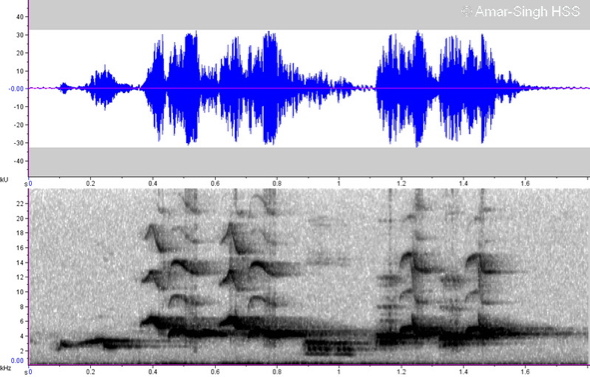An earlier post on the Siberian Rubythroat (Calliope calliope) encountered in Hokkaido can be viewed HERE.

“The male Siberian Rubythroat was very vocal, possibly due to the breeding season. The song is rich, strong, complex and varied. In addition some mimicry is possible.
Above and below show the complexity of one entire song which can last 1.5-2 seconds or more.
“The bird can sing on a post and repeat a variety of songs 10-15 times a minute. A composite recording of songs can be heard HERE.
“We heard calls less often and the common one is illustrated above.
“A short recording of these calls can be heard HERE.
“A video of 2 different birds singing is shown below (both handheld, one better supported by a post).”
Dato’ Dr Amar-Singh HSS
Ipoh, Perak, Malaysia
5th June 2019
Location: Nemuro Peninsula, East Hokkaidō, Japan











